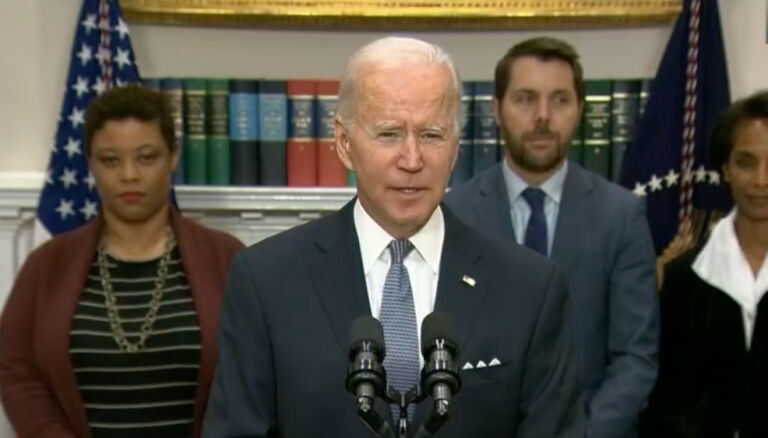What can be done to help the poor is a perennial issue in politics, and with it comes what is to me a real puzzler. Why do those who seem most adamant that government programs are the best way to serve the needs of the poor also seem the least interested in whether those programs actually work?
It’s an item this newsletter has regularly revisited, sometimes in reference to specific policies (such as minimum-wage laws, electricity mandates, and occupational licensing), and sometimes taking the broader picture. An example of the latter discussed “Effectively fighting poverty through freedom.”
Here is a chart from that issue showing the dismaying — or what should be dismaying — lack of effect of the trillion-dollars-per-year “War on Poverty,” especially compared with how the poverty rate was steadily falling on its own before the government intervened:

George Leef called it a “crucial distinction between actually helping the poor and what politicians usually do, which is spending money or enacting laws that are supposed to make it look as if they’re helping the poor” (emphasis added).
A virtue actually possessed
This crucial distinction — being vs. seeming — is so important that in 1893 North Carolina leaders made Esse Quam Videri (to be rather than to seem) the official state motto. The North Carolina History Project gives the origin:
The origin of Esse Quam Videri is traced to a sentence in Marcus Tullius Cicero’s “On Friendship.” It reads: “Virtute enim ipsa non tam multi praediti esse quam videri volunt.”
Professor Emeritus of Latin at University of Michigan, Frank Copely translated the entire sentence to read: “[N]ot nearly so many people want actually to be possessed of virtue as want to appear to be possessed of it.”
Cicero’s observation — not nearly so many people want actually to be possessed of virtue as want to appear to be possessed of it — still holds. Consider Michael Knox Beran’s review of The Pity Party, a new book by William Voegeli, a senior editor at the Claremont Review of Books (emphasis added):
The obvious inference to be drawn is that the purveyors of kindliness in politics are less interested in helping the unfortunate than in seeming to help them. Voegeli observes that for the political do-gooder, it is often a matter of indifference whether his policies work as they are meant to; the do-gooder is concerned less with the happiness of the objects of his pity than with the perfection of his own self-image. A “defining characteristic” of this politics, Voegeli writes, “is a strong preference for political stances that demonstrate one’s heart is in the right place, combined with a relative indifference to whether the policies based on those stances, as actually implemented, do or even can achieve their intended results.”
In other words, the politics of kindness is another pretty flower in the modern epicure’s garden of earthly delights. Such a politics is agreeable to behold; its aroma is pleasant. That it is also, in certain cases, toxic to those whom it is intended to help is beside the point, for its purpose is not to lift up the struggling poor man, but to soothe the conscience of the anxious rich man. It is the hypocritical engine of the higher narcissism.
This regrettable human inclination makes what should be an obvious point — helping the poor should, if it does nothing else, actually help the poor — more like a radical statement. Nevertheless, policies put forth to help the poor should actually work to help the poor.
Going further, those policies that fail — which are legion (and by Cicero, they are invariably favored by activists whose rhetorical cudgel is trumpeting their own virtue) — should not be kept in place on the thin basis of their having been instituted with good will toward the poor.
If there is an actual desire to help the poor involved, failing policies should be abandoned and more empirically proven strategies adopted in their place.
Click here for the Rights & Regulation Update archive.
You can unsubscribe to this and all future e-mails from the John Locke Foundation by clicking the “Manage Subscriptions” button at the top of this newsletter.


